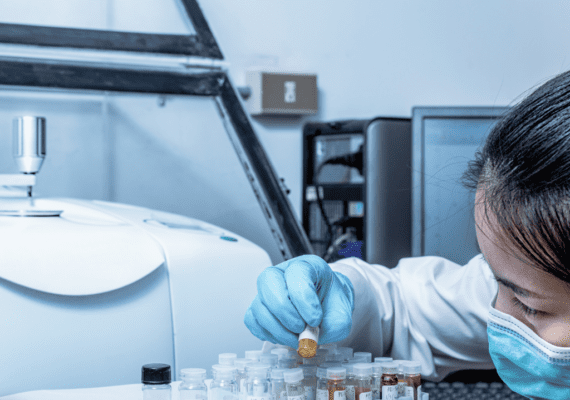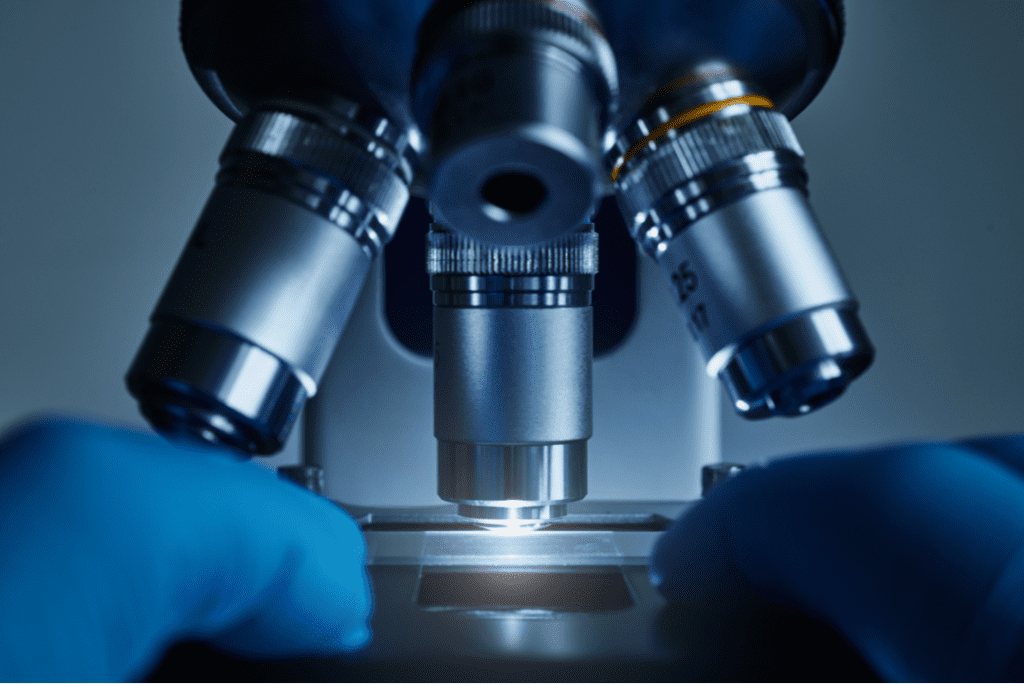
DSC measures changes in a material's heat capacity as a function of temperature, providing information on thermal transitions such as melting point, glass transition temperature, and heat capacity.
TGA measures changes in a material's weight as a function of temperature, allowing for the characterization of thermal stability, decomposition kinetics, and moisture content.
XRD is used to determine the crystalline structure of materials by analyzing the diffraction pattern produced when X-rays interact with the atomic lattice of a sample.
FTIR analyzes the absorption of infrared light by a material, providing information about its molecular composition, functional groups, and chemical bonds.
GCMS separates and analyzes the components of a volatile mixture, providing information about the chemical composition and concentration of organic compounds.
EDX detects and analyzes the characteristic X-rays emitted by a material when it is bombarded with electrons, providing elemental composition information and surface mapping capabilities.
SEM uses a focused electron beam to generate high-resolution images of a material's surface, allowing for detailed morphological analysis and elemental mapping.

General Questions For You
Material composition testing is the process of analyzing the chemical makeup of materials to determine their elemental constituents, molecular structures, and surface properties.
Understanding the composition of materials is essential for ensuring product quality, performance, and safety. Material composition testing helps identify potential contaminants, assess material properties, and ensure regulatory compliance.
Various techniques are employed in material composition testing, including Differential Scanning Calorimetry (DSC), Thermogravimetric Analysis (TGA), X-ray Diffraction (XRD), Fourier Transform Infrared Spectroscopy (FTIR), Gas Chromatography Mass Spectrometry (GCMS), Energy Dispersive X-ray Spectroscopy (EDX), and Scanning Electron Microscopy (SEM).
Yes, material composition testing can detect trace contaminants in materials, even at very low concentrations. Techniques such as GCMS and EDX are particularly sensitive to trace levels of contaminants.
